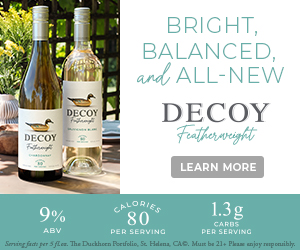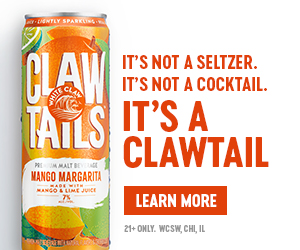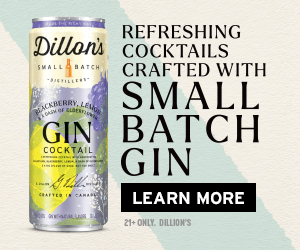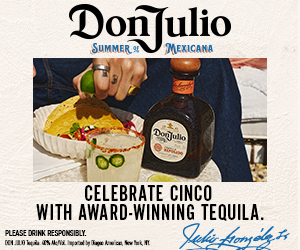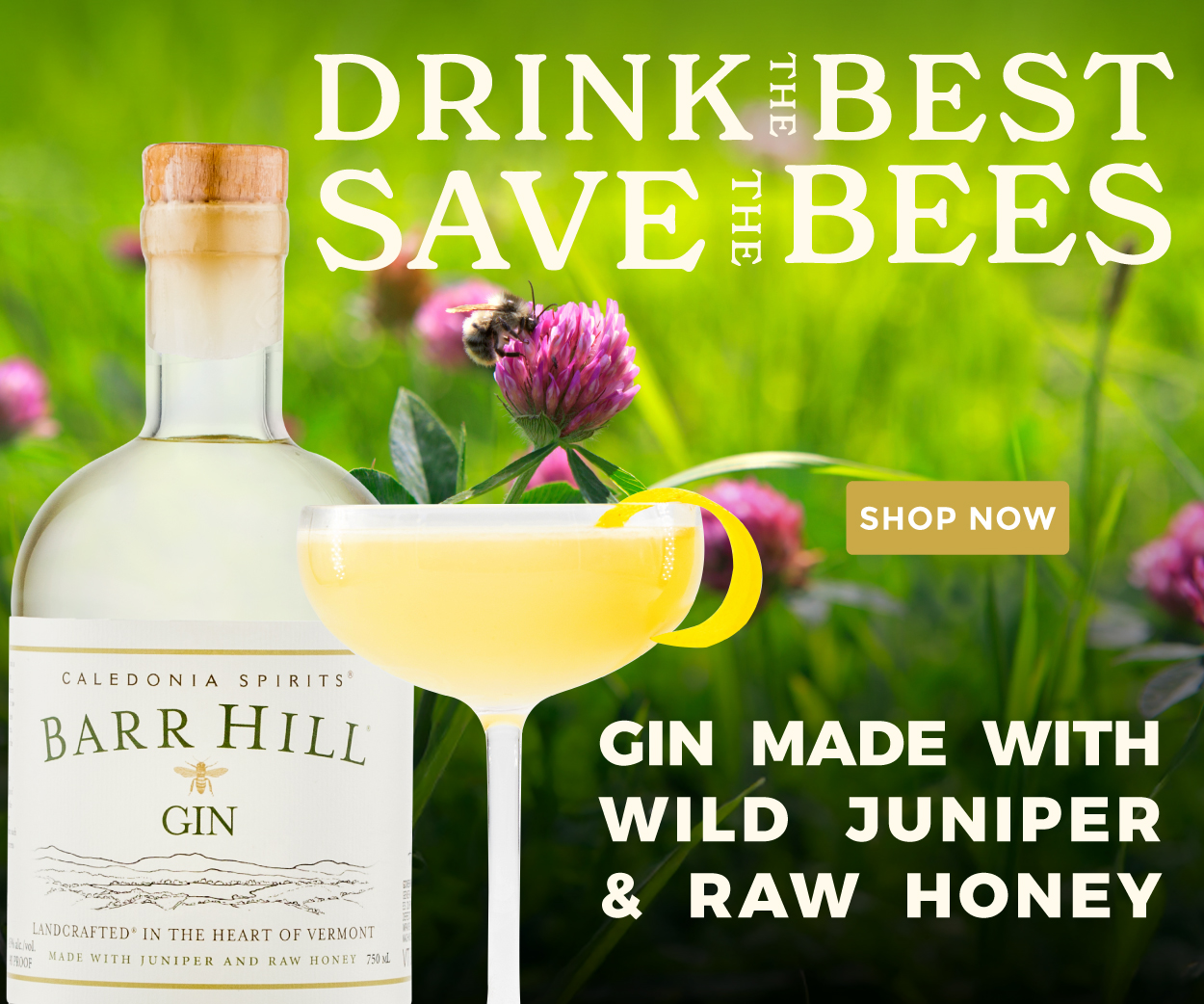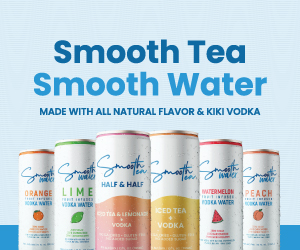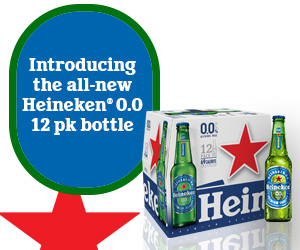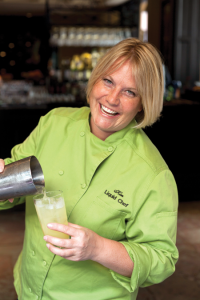
From Mezcal to Mules, Here are 8 Cocktail Trends to Ride into 2018
By Jack Robertiello
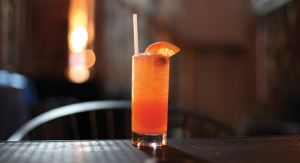 Drink trends move as fast as a bartender pumping out Margaritas on Cinco de Mayo. On the other hand, is there really anything new under the sun? Hoping to keep up with the currents moving through the cocktail world right now, we checked in with top bartenders and drink consultants across the country to get their sense of the most important waves to catch. Here are eight not to miss:
Drink trends move as fast as a bartender pumping out Margaritas on Cinco de Mayo. On the other hand, is there really anything new under the sun? Hoping to keep up with the currents moving through the cocktail world right now, we checked in with top bartenders and drink consultants across the country to get their sense of the most important waves to catch. Here are eight not to miss:
Highballs, Japanese & Beyond
What was until recently a cult spirit has not only swept the world of whiskey bars but also intrigued cocktail makers. Jon Santer, owner of Emeryville, CA’s Prizefighter, sees it trending at his casual spot, spurred on by Beam Suntory’s expansion with the highball-promoting Toki and by the greater availability of whiskies from competitor Nikka.
The interest isn’t limited to whiskey or even cocktail bars; at the Peruvian focused La Mar SF restaurant in San Francisco, the current menu features the Japanese Smash—Japanese whiskey, lime, orange, cinnamon syrup and beer. The fact that most releases are in limited supply has only accentuated interest in the category.
Tea (& herb) Time

Adam Seger
Chicago-based Adam Seger, executive barman and advanced sommelier for iPic Entertainment and Tuck Restaurant Group, thinks tea is an up-and-coming ingredient, and a recent scan of new cocktail menus bears him out. His current menu at the Tuck Room in New York City includes punches employing Magnolia Oolong, Lemon Berry and Crema Earl Grey teas from Rare Tea Cellar. The menu that Manager Joaquin Simo and company introduced in May at New York’s Pouring Ribbons features tea-inclusive drinks Cai Guo-Qiang (gunpowder green tea infused-Johnnie Walker Red Label Scotch, lemon, Pusser’s Gunpowder Proof rum, ginger and lychee) and Fernando Botero, made with Oolong, jasmine, Santa Teresa Gran Reserva Rum, Cristal Aguardiente, coconut and lime.
Culinary cocktails
Kathy Casey of the Liquid Kitchen consultancy in Seattle expects to see more juices in cocktails—beets, carrots, even green juice. “They can add great flavor and also add a healthy halo,” she says, and as an example mentions a concoction she made with gin, aquavit, beet, lemon and simple syrup. Seasonal synergy and collaboration between bar and kitchen is important, notes Seger, but Casey cautions that culinary cocktails with too many ingredients can be too unusual.
Charlotte Voisey, head of ambassadors at William Grant & Sons USA, says she expects cherries to get better attention as ingredients and garnishes—she’s developing a seminar on the topic with bartender Peter Vestinos and chef Jamie Simpson of The Chef’s Garden and Culinary Vegetable Institute in Huron, Ohio. “Cherries are an icon of cocktail culture, the majority of them are abused before garnishing a cocktail, but underneath there is a beautiful fruit and flavor to enjoy. For example, The American Bar at The Savoy in London has an annual tradition of brandying their cherries each summer,” she says.
Low- (& no-) alcohol
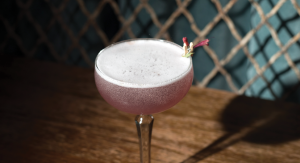 At the recent WSWA convention, Derek Brown, owner of the Columbia Room in Washington, DC and three other operations, headed a panel with bartenders Pam Wiznitzer and Troy Clarke, among others, citing low-alcohol cocktails and consumer interest in drinking cocktails that are healthy, low- or no-sugar. Seger likewise points out that low-octane aperitivo beverages—from sparkling and aperitif wines to vermouths and other low-impact beverages—are on-trend as customers are more likely to start their evenings slowly.
At the recent WSWA convention, Derek Brown, owner of the Columbia Room in Washington, DC and three other operations, headed a panel with bartenders Pam Wiznitzer and Troy Clarke, among others, citing low-alcohol cocktails and consumer interest in drinking cocktails that are healthy, low- or no-sugar. Seger likewise points out that low-octane aperitivo beverages—from sparkling and aperitif wines to vermouths and other low-impact beverages—are on-trend as customers are more likely to start their evenings slowly.
Jenn Knott, head bartender at Kimpton Hotel’s 312 Chicago, recently added a “mocktail” section to the menu with alcohol-free versions of current cocktails, like Magic Buyer (honeydew, basil and white balsamic syrup with pineapple juice and soda water). In Austin, chef Steve McHugh put “Restoratives” on the menu at Cured, including an Apple Caraway Fizz made with a shrub syrup of apples and caraway seeds fermented in vinegar, topped with Dublin Ginger Ale. “The Restoratives aren’t heavy, aren’t filling, aren’t so loaded with sugar,” McHugh explains.
Old-Fashioneds + Mules
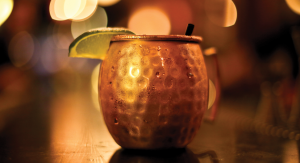 When it comes to seminal cocktails, the Old-Fashioned stands firm, and its return is being warmly embraced. “For the last three years, the Old-Fashioned has been king here,” says Flavien Desoblin of two NYC bars, Brandy Library and Copper & Oak. “I feel like we could have six versions of it and it would still sell. As a matter of fact, one could open a bar today, call it Old-Fashioned and serve only this in a variety of colors and shapes and have a successful operation.” Kathy Casey added rum to an Old-Fashioned she created for the Fairmont Hotels, and Seger says versions made with hand-cut ice are becoming more common.
When it comes to seminal cocktails, the Old-Fashioned stands firm, and its return is being warmly embraced. “For the last three years, the Old-Fashioned has been king here,” says Flavien Desoblin of two NYC bars, Brandy Library and Copper & Oak. “I feel like we could have six versions of it and it would still sell. As a matter of fact, one could open a bar today, call it Old-Fashioned and serve only this in a variety of colors and shapes and have a successful operation.” Kathy Casey added rum to an Old-Fashioned she created for the Fairmont Hotels, and Seger says versions made with hand-cut ice are becoming more common.
Meanwhile, Mules have become so popular that some places, like Colorado’s three-unit ViewHouse Eatery Bar and Rooftop, offer dedicated Mule menus (in their case with seven different types). “The Moscow Mule has always been a solid staple,” says Brad Manske, Vice President of ViewHouse. “Thanks in a large part to being made with ginger beer and lime, Mules are refreshing and flavorful drinks that pair well with a variety of foods.”
Three’s the Charm
“We are seeing a little bit of a push back on overly creative cocktails with tons of ingredients in favor of simpler execution-driven cocktails,” says Erik Adkins, Bar Director at The Slanted Door Group in San Francisco. Author and cocktail consultant Kim Haasarud of Liquid Architecture says “awesome three-ingredient cocktails” are becoming popular, citing ease and speed of service and the options based on the breadth and depth of flavors available from ingredients such as amaro.
True Blue?
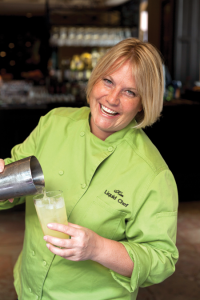
Kim Haasarud
Casey and Haasarud are seeing more blue drinks—colored with blue Curaçao or the flavorless ingredient of the moment, butterfly pea flower—emerge as fun options for “serious” cocktails. “Blue drinks are hot again,” says Casey. “People are wanting fun in their lives and so blue plays into that whole playful arena, as does the tiki tropical trend.” Haasarud says more tropical flavors introduced into classic cocktails, like a Coconut Old-Fashioned or a Charred Pineapple Daiquiri, are winners, while Casey says Piña Coladas reborn—made with mezcal, whiskey or even Scotch, using clarified pineapple juice and coconut foam, hand shaken rather than blended—are back: “Everyone loves coladas!”
From South of the Border
Mezcal continues to explode—in brands and volume—if off a very tiny base, mostly on the backs of barteners adopting it as one of their favorite spirits. Seger mentions that mezcal has increasingly found its way to consumers via twists on classic recipes—Negronis, Margaritas, Old-Fashioneds and Bloody Marias. “People have become increasingly aware of mezcal in the past few years and are now consistently calling for mezcal drinks,” says Jon Santer of Prizefighter. Meanwhile, tequila continues its high single-digit annual volume growth and higher-end expressions are becoming call brands, say participants.
New Vs. Unique
Of course, the thing about trends is that they are, by definition, about change. Shifts are to be expected. As is overlap. “I never really thought in terms of trends,” says Derik Cortez, commenting on the all-new drinks menu he developed at the recently opened Jazz, TX in San Antonio. And yet, the selection of ten drinks (each $12) at the upscale jazz club features an Old-Fashioned (#5), plus tea (#2), blue tincture (#7), both a tequila and a mezcal cocktail (#8) and a three-ingredient take on a Hoffman House (#6). “Classic cocktails have been battle-tested, so we didn’t stray too far away from that,” says Cortez. “We might have used different ingredients, but they weren’t so out of the box that people couldn’t tell what we were going for.”
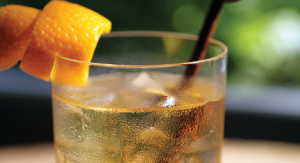 For their Spanish G & Tea, for example, he recalls, “I used the butterfly pea tea initially just for color. After experimenting, I realized it brought an herbal aspect that I really enjoyed. The end result was a purple foam on top of a traditional gin and tonic incorporating all of the botanicals in the foam along with sweetness, citrus and herbal notes.” The cocktail serves as an apt reminder that elements which have been stirred, shaken and served countless times before, can still be called upon by savvy bartenders to create something unique if not entirely new.
For their Spanish G & Tea, for example, he recalls, “I used the butterfly pea tea initially just for color. After experimenting, I realized it brought an herbal aspect that I really enjoyed. The end result was a purple foam on top of a traditional gin and tonic incorporating all of the botanicals in the foam along with sweetness, citrus and herbal notes.” The cocktail serves as an apt reminder that elements which have been stirred, shaken and served countless times before, can still be called upon by savvy bartenders to create something unique if not entirely new.
Perhaps more often than ever, cocktail menus are being used by restaurants and bars to define themselves. In this context, we can often see how trends can gain even more momentum as establishments customize cocktails. To wit: at Bar Uni, a Japan-inspired cocktail bar and seafood restaurant opened recently in Brooklyn, the tweaks on classics include a Yuzu Collins, an Okinawa Old-Fashioned and a shochu-accented Moscow Mule. Guests at Bar Uni are able to sample the latest general trends, through the lens of a specific perspective.

